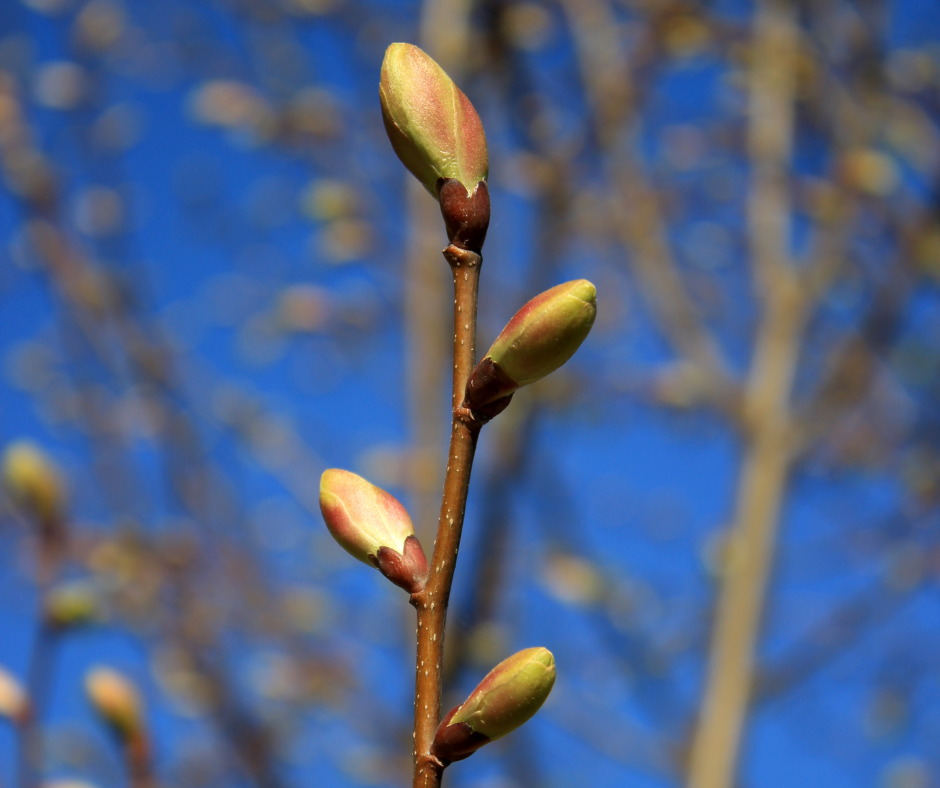The plant

Botanical Family : Tiliacées
Plant part: Bud
Origin: France
The lime tree, native to the forests of Europe, has notably joined our public squares, our courtyards and our gardens, it has come closer to us. Solid, it can exceed 1000 years and reach a height of 30 to 40m.
Pliny the Elder already attributed diuretic properties to lime. It was also present in the pharmacopoeia of the Middle Ages, Hildegard of Bingen recommended in the 11th century the use of the powder of its roots to relieve the heart which she associated with heat. Its place was such in Germany that its name “linde” is the origin of the word “lindern” which means to soothe (pains).
Its light, soft, fine-grained wood was widely used in sculpture and religious cabinetmaking. There are so many saints carved there that its wood has become sacred.
In all mythologies, the lime tree is associated with the feminine and with love. Norse mythology associates her with Frigga, wife of Odin, goddess of maternal love and fertility.
It is also associated with Venus, Roman goddess of love linked to femininity. Solid, luminous, airy, the lime tree is indeed a tree that reassures and secures with the kindness and tenderness of a mother. The shape of its leaves also links it to the heart and the associated symbolisms: love and friendship, loyalty and justice.
So let's now take another look at this soothing and reassuring lime tree so that it can accompany us on the path to letting go and serenity. A nice trip in perspective.
“A linden tree that scents at the end of the day is a delight that imprints itself on us indelibly and, in the depths of our joy of existence, traces a furrow of happiness that the sweetness of a July evening alone cannot explain. » A treat, Muriel Barbery
What are the benefits of organic Silver Linden bud macerate in gemmotherapy?
The Products

Organic silver lime bud macerate
Friend, confidant, protector, the lime tree is close to us. Majestic, elegant, all roundness and softness, it welcomes our tensions and our fears.
Discover the benefits of organic lime bud macerate.
See product










